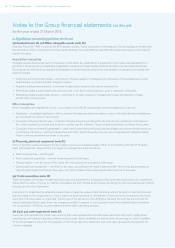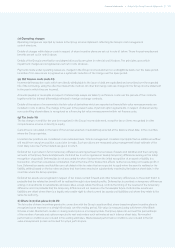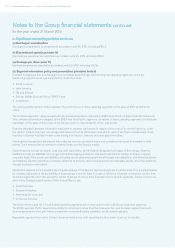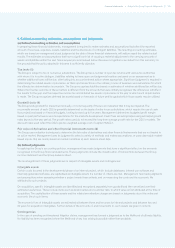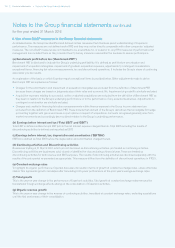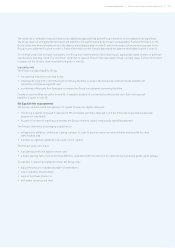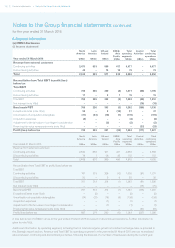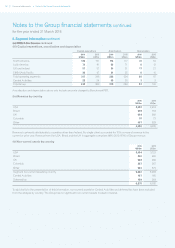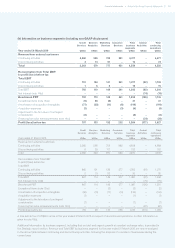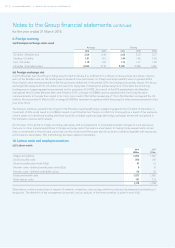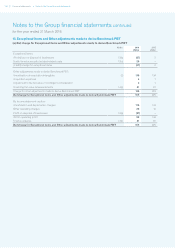Experian 2016 Annual Report Download - page 131
Download and view the complete annual report
Please find page 131 of the 2016 Experian annual report below. You can navigate through the pages in the report by either clicking on the pages listed below, or by using the keyword search tool below to find specific information within the annual report.
129•Notes to the Group nancial statementsFinancial statements
The credit risk on derivative financial instruments utilised and deposits held by the Group is therefore not considered to be significant.
The Group does not anticipate that any losses will arise from non-performance by its chosen counterparties. Further information on the
Group’s derivative financial instruments at the balance sheet dates is given in note 27 and that in respect of amounts recognised in the
Group income statement is given in note 14. Further information on the Group’s deposits at the balance sheet dates is given in note 23.
To minimise credit risk for trade receivables, the Group has implemented policies that require appropriate credit checks on potential
clients before granting credit. The maximum credit risk in respect of such financial assets is their carrying value. Further information
in respect of the Group’s trade receivables is given in note 22.
Liquidity risk
The Group manages liquidity risk by:
• issuing long maturity bonds and notes;
• entering into long-term committed bank borrowing facilities, to ensure the Group has sufficient funds available for
operations and planned growth; and
• monitoring rolling cash flow forecasts, to ensure the Group has adequate borrowing facilities.
Details of such facilities are given in note 25. A maturity analysis of contractual undiscounted cash flows for financial
liabilities is given in note 29.
(b) Capital risk management
The Group’s definition and management of capital focuses on capital employed:
• The Group’s capital employed is reported in the net assets summary table set out in the Financial review and analysed by
segment in note 8(a)(ii).
• As part of its internal reporting processes, the Group monitors capital employed by operating segment.
The Group’s objectives in managing capital are to:
• safeguard its ability to continue as a going concern, in order to provide returns for shareholders and benefits for other
stakeholders; and
• maintain an optimal capital structure and cost of capital.
The Group’s policy is to have:
• a prudent but efficient balance sheet; and
• a target gearing ratio of 2.0 to 2.5 times EBITDA, consistent with the intention to retain strong investment-grade credit ratings.
To maintain or adjust its capital structure, the Group may:
• adjust the amount of dividends paid to shareholders;
• return capital to shareholders;
• issue or purchase shares; or
• sell assets to reduce net debt.



